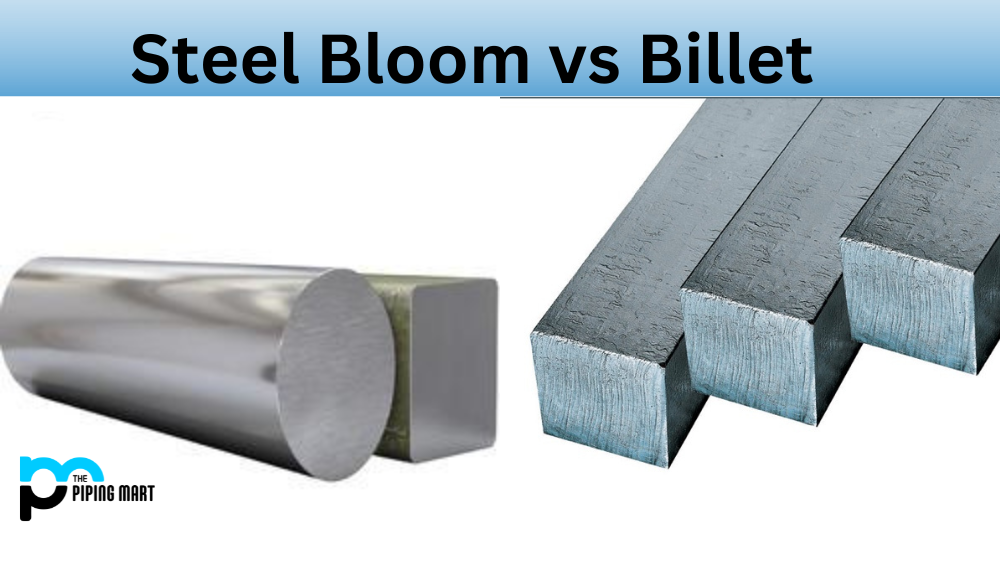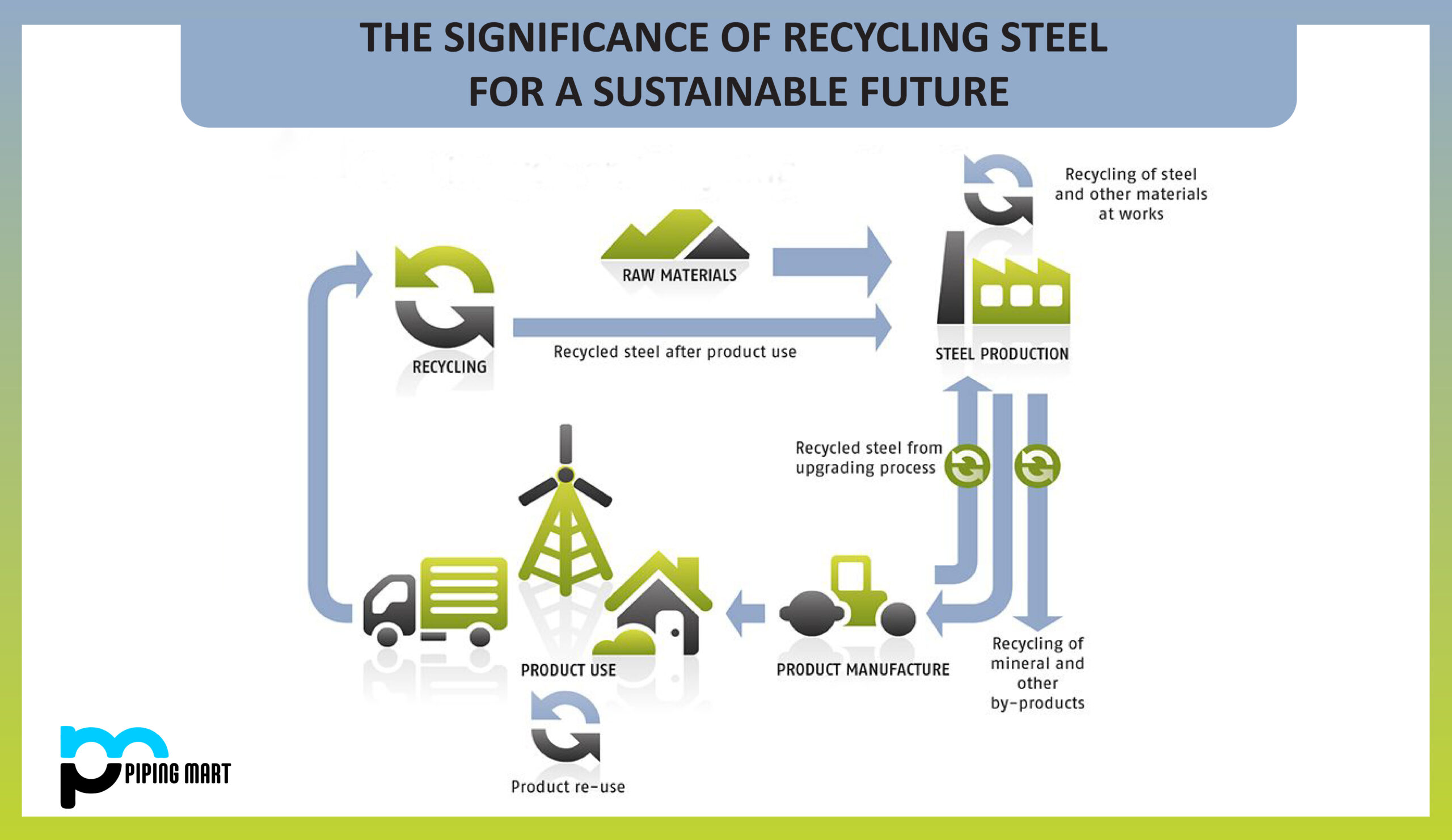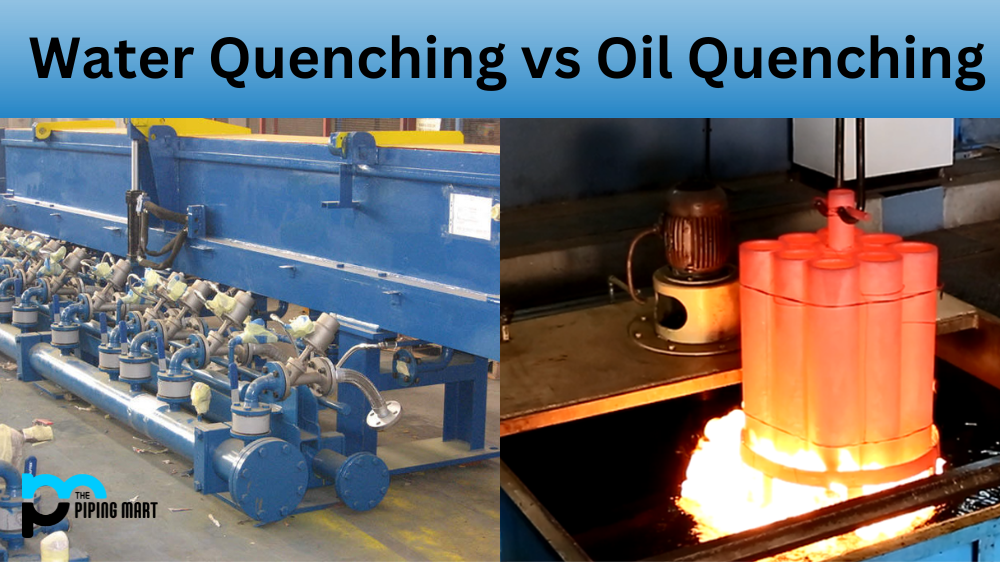The steelmaking process produces two distinct forms of steel—steel bloom and billet. These two steel forms have different properties, making them better suited for specific applications. In this blog post, we will discuss the differences between steel bloom and billet in detail to help you choose the right form of steel for your needs.
What is Steel Bloom?
Steel bloom is a semi-finished steel produced by rolling ingots or continuous castings through a series of rollers to reduce their thickness, width, and length. The result is a long bar with a cross-section that looks like a flower, hence the name “bloom”. It can then be further processed into shapes such as round bars and squares. Steel blanks are typically used in applications where strength and toughness are needed in addition to flexibility. A steel bloom is a semi-finished product forged from ingots, billets, or slabs. Blooms are typically rectangular or square and have a rough surface. They are used to produce forged products such as railway wheels and axles.
What is Billet?
A billet is another type of semi-finished steel product that is produced through hot rolling or extrusion. Unlike blooms, billets are usually square or rectangular with uniform dimensions along their length. They are used in applications where strength and durability are important, but ductility isn’t as necessary, such as in structural components like I-beams or other large structures. A billet is a semi-finished steel product cast in a rectangular or square shape. Billets have a smooth surface and are used to produce products such as bars, rods, and pipes.
Differences Between Steel Bloom and Billet
The most significant difference between these two types of steel products lies in their sizes and shapes—billets being square or rectangular while blooms are round—and billets tend to be stronger because they do not require additional processing steps after extrusion or hot rolling. Additionally, billets typically have higher tensile strengths due to their smaller cross-sectional areas than blooms. Finally, blooms can often be more cost-effective than billets because they do not require additional processing steps before manufacturing. Steel Bloom is made from raw steel that has been heated to its melting point and then cooled very slowly. Billet, on the other hand, is made from steel that has been reheated and then worked with tools to shape it.
Cost
Steel Bloom is more expensive than billet because it takes longer to produce. Billet is less expensive because it can be produced more quickly.
Surface Texture
Another difference between blooms and billets is their surface texture. Blooms have a rough surface due to the forging process, while billets have a smooth surface as they are cast. The different surface textures of blooms and billets can affect the properties of the final product.
Usage
The final difference between blooms and billets is their usage. Steel Bloom is typically used to create larger products, such as beams and railroad tracks. Billet, on the other hand, is typically used to create smaller products, such as nails and screws.
Conclusion:
In conclusion, it’s important to understand the differences between steel bloom and billet when choosing which material to use for your project. Each has its own set of advantages depending on your application—be it strength, durability, cost-effectiveness, etc.—so take your time when selecting the right form of semi-finished steel product for your needs!

Meet Bhavesh, a seasoned blogger with a wealth of knowledge and experience. From metal products manufacturing to retail, Bhavesh has a diverse background in various industries and is dedicated to sharing his insights and expertise with readers.




